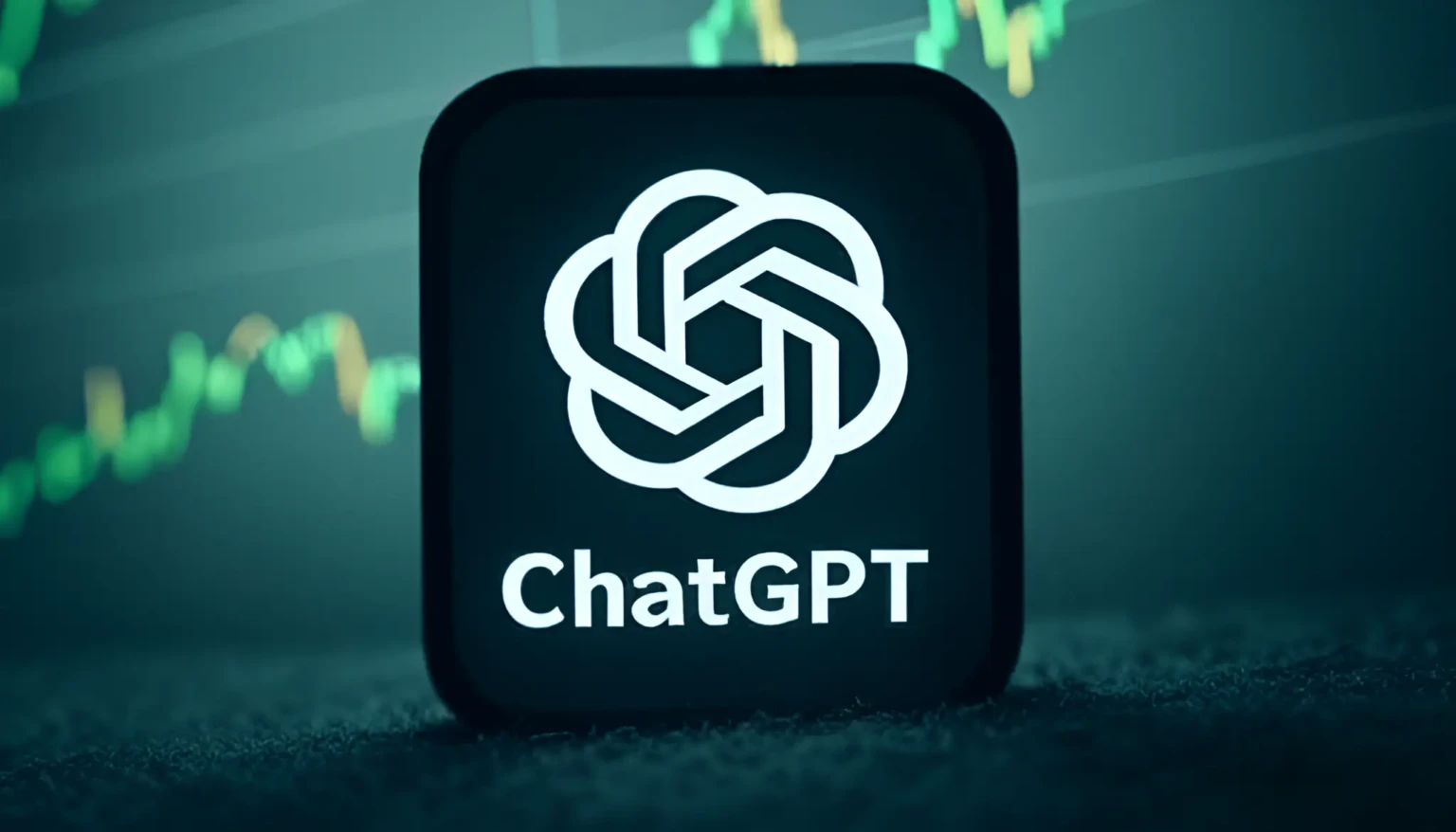Using ChatGPT for crypto research is transforming how investors navigate the rapidly evolving world of digital assets. From Bitcoin (BTC) and Ethereum (ETH) to lesser-known altcoins and experimental memecoins, the sheer volume of projects can overwhelm even experienced traders. Conducting thorough research is no longer optional—it’s essential. AI-powered tools like ChatGPT can simplify this process, helping investors assess credibility, understand tokenomics, and make more informed decisions.
Why Research Matters in Crypto Investing
Unlike traditional markets, crypto projects often lack standardized reporting. Investors must rely on white papers, GitHub repositories, community sentiment, and other decentralized sources. Without diligent research, it’s easy to fall victim to overhyped tokens or outright scams.
Some of the most common crypto scams include:
- Rug pulls: Developers launch a token, attract investors with hype, and suddenly withdraw all funds. The infamous Squid Game token of 2021 is a classic example.
- Pump-and-dump schemes: Coordinated groups inflate token prices and then sell off holdings, leaving late investors with losses.
- Fake projects or plagiarized white papers: Some tokens have copied or vague documentation that hides a lack of a viable product.
- Pig butchering scams: Fraudsters build long-term trust relationships before tricking victims into investing heavily in fake crypto projects.
- Deepfake attacks: AI-generated videos or audio impersonate executives or influencers to steal funds or private keys.
- Cybersquatting and phishing websites: Malicious actors mimic legitimate exchanges or projects to intercept transactions or steal credentials.
Before investing, verify key fundamentals: the project’s purpose, the team behind it, problem-solving potential, working products, and differentiators from competitors.
How to Use ChatGPT for Crypto Research
ChatGPT can serve as an AI-powered research assistant, streamlining your workflow and guiding you through each stage of analysis. Here’s a structured approach:
Step 1: Generate a Project Summary
Start by asking ChatGPT to summarize the project. This provides a quick overview of objectives and goals, even if technical language is complex.
Example prompt:
“Explain what Bitcoin Hyper (HYPER) does in simple terms.”
Step 2: Break Down the White Paper
White papers are often dense and technical. ChatGPT can summarize key points, highlighting technology, roadmap, and value propositions.
Example prompt:
“Summarize the main points of the Stellar white paper.”
Step 3: Assess Use Case and Market Fit
AI can help determine whether a token solves a real-world problem or has practical utility.
Example prompt:
“What problem does Chainlink solve, and who uses it?”
Step 4: Evaluate the Team and Partnerships
Founding teams with experience and strong partnerships are good indicators of credibility.
Example prompt:
“Who founded the Avalanche blockchain, and what is their background?”
Step 5: Analyze Tokenomics
Tokenomics—the structure of supply, incentives, and distribution—affects a token’s long-term viability.
Example prompt:
“Explain the tokenomics of Hedera (HBAR): total supply, distribution, and incentives.”
Step 6: Review Compliance and Security Risks
Regulatory and security issues can derail projects. ChatGPT can highlight known risks.
Example prompt:
“Has Tether (USDT) faced any regulatory challenges?”
Step 7: Compare with Competitors
Benchmarking a token against competitors reveals strengths and weaknesses.
Example prompt:
“Compare Sui and Sei blockchains in terms of scalability and interoperability.”
Bonus Tip: Ask ChatGPT what questions you should be asking as a beginner. It can generate checklists covering fundamentals, technicals, sentiment, and security considerations.
Limitations of ChatGPT
While ChatGPT is a powerful research assistant, it has limitations:
- No real-time market data unless integrated with APIs.
- Cannot provide financial advice or guaranteed predictions.
- Outputs may be outdated or require verification.
Investors should always use ChatGPT as a supplement to critical thinking and thorough due diligence, not as a replacement.
Practical Examples of ChatGPT in Action
- Token breakdown: Summarize complex white papers for altcoins.
- Risk assessment: Identify past regulatory issues or potential scams.
- Competitor analysis: Compare new tokens to established projects for strategic insights.
These applications can save time, improve understanding, and reduce exposure to fraud.
FAQ: Using ChatGPT for Crypto Research
Q1: How can I use ChatGPT for crypto research effectively?
A: Start with project summaries, analyze white papers, evaluate tokenomics, assess teams and partnerships, and compare competitors. ChatGPT helps structure your research efficiently.
Q2: Can ChatGPT prevent crypto scams?
A: While ChatGPT can highlight red flags and provide research insights, it cannot prevent scams. Always verify information through multiple sources.
Q3: Is ChatGPT reliable for real-time crypto data?
A: No. ChatGPT does not provide live market updates unless integrated with APIs. It should be used for qualitative research and educational purposes.
Q4: Can beginners use ChatGPT for crypto research?
A: Absolutely. ChatGPT can guide newcomers through structured research questions and simplify complex concepts.
Conclusion: The Future of AI in Crypto Research
Using ChatGPT for crypto research is revolutionizing how investors approach digital assets. By simplifying complex white papers, evaluating tokenomics, and highlighting risks, ChatGPT enhances decision-making in a high-stakes environment. However, it is a tool—not a substitute for careful analysis. As AI continues to advance, its integration with real-time market data, sentiment analysis, and automated risk assessment could make it an indispensable companion for both beginners and seasoned crypto investors.

